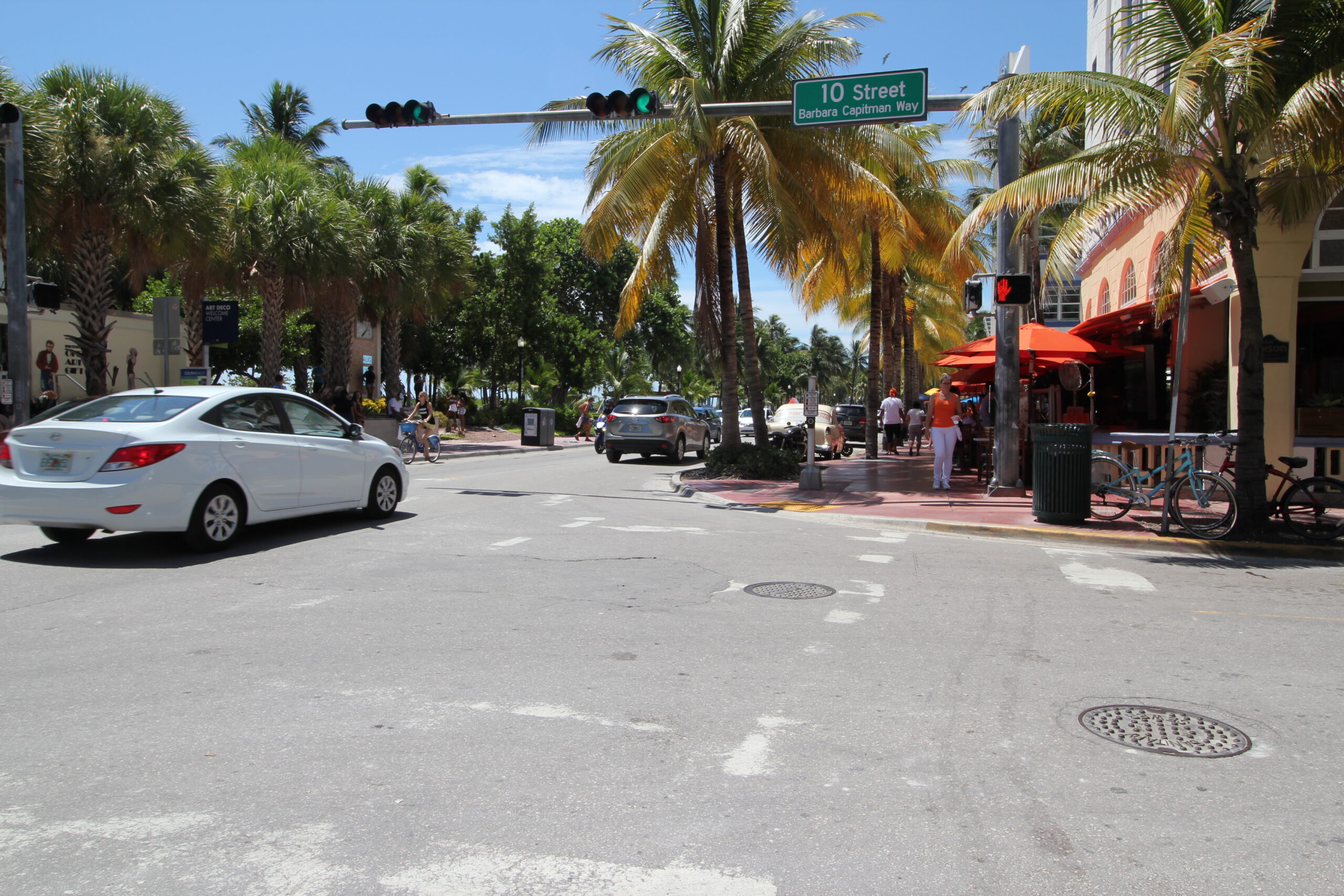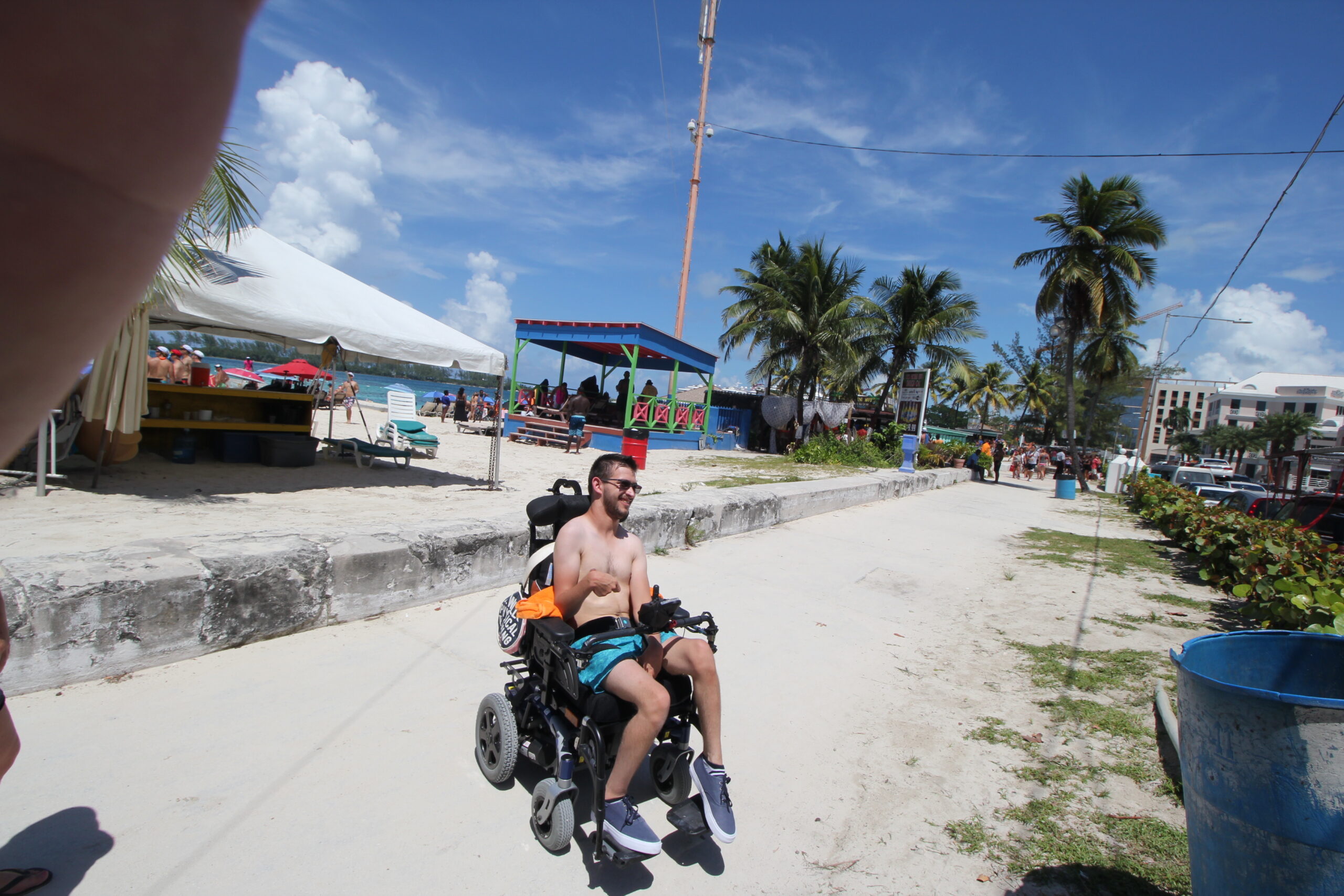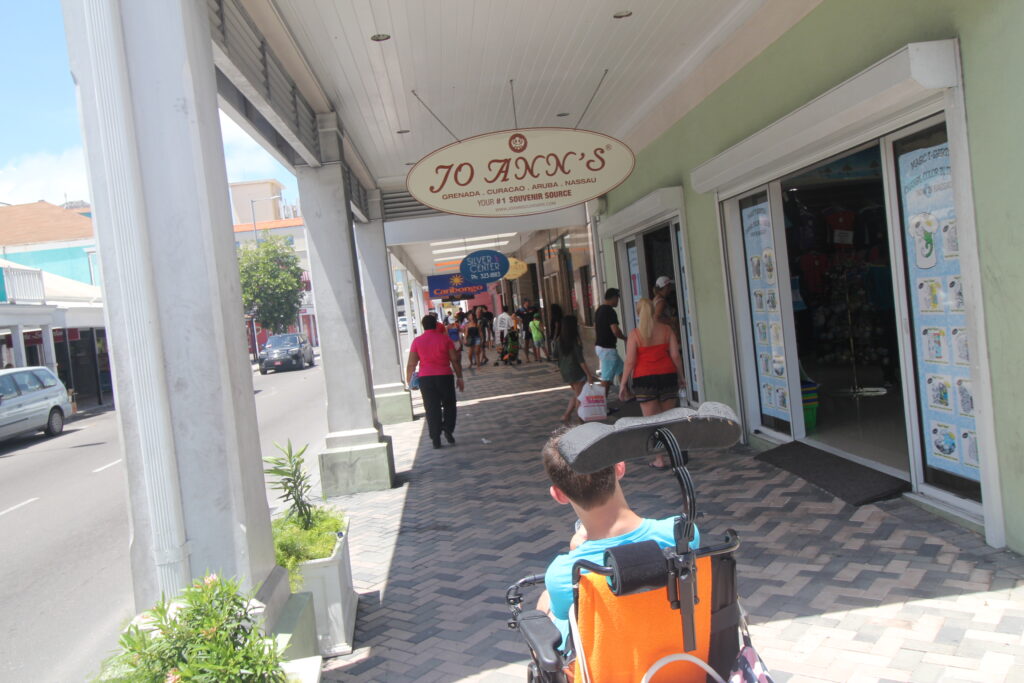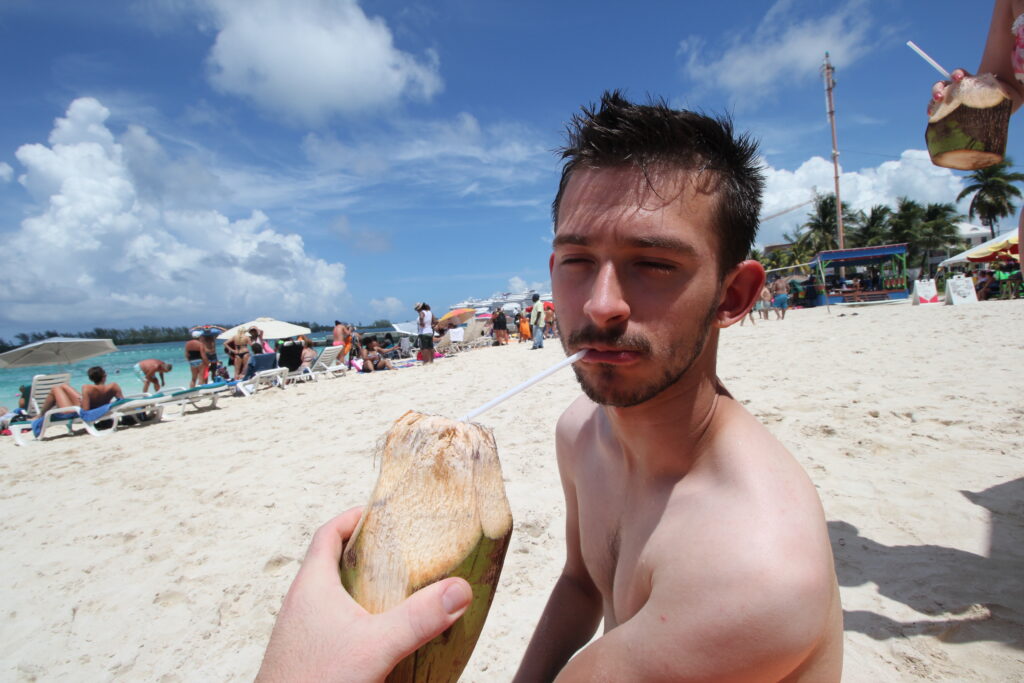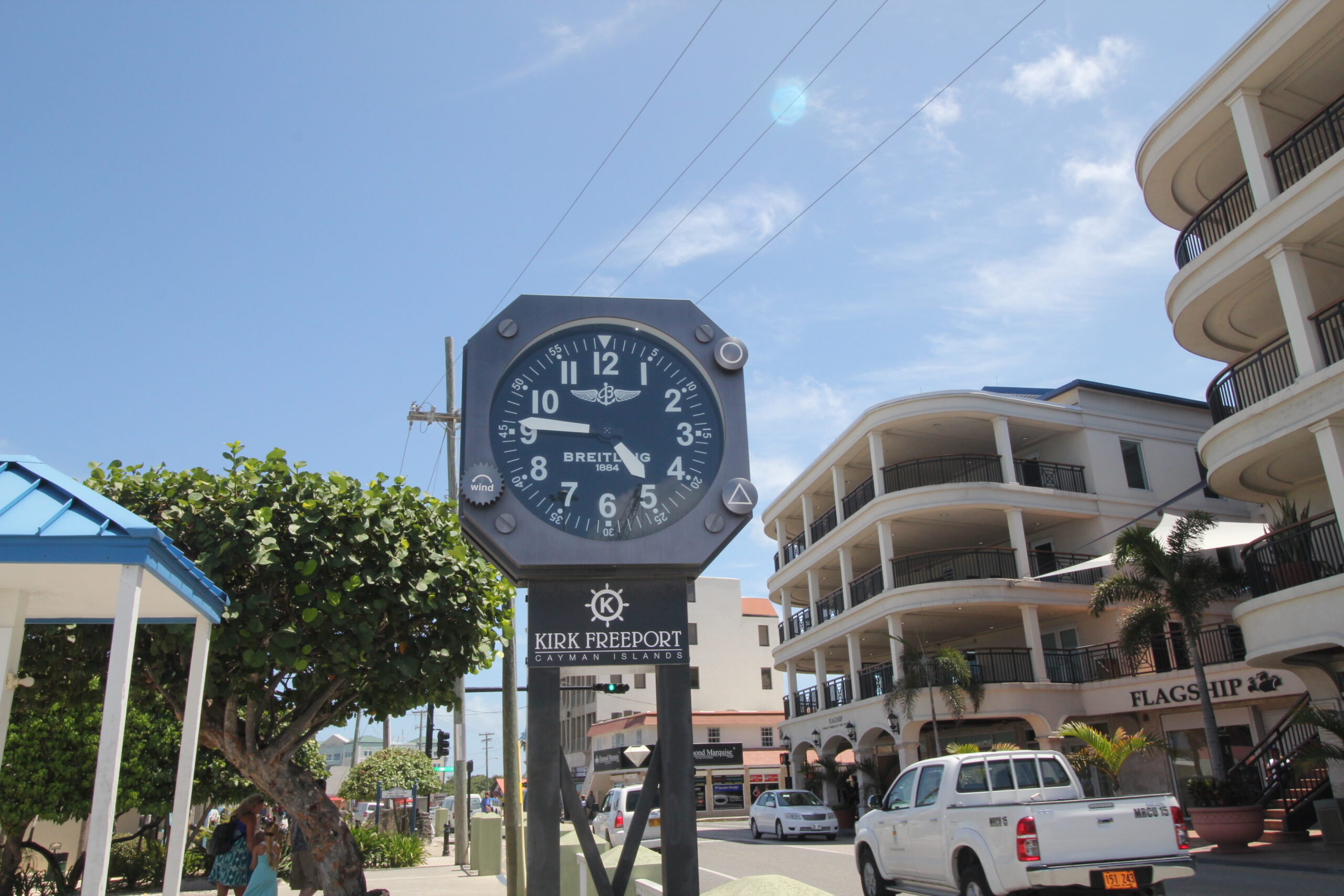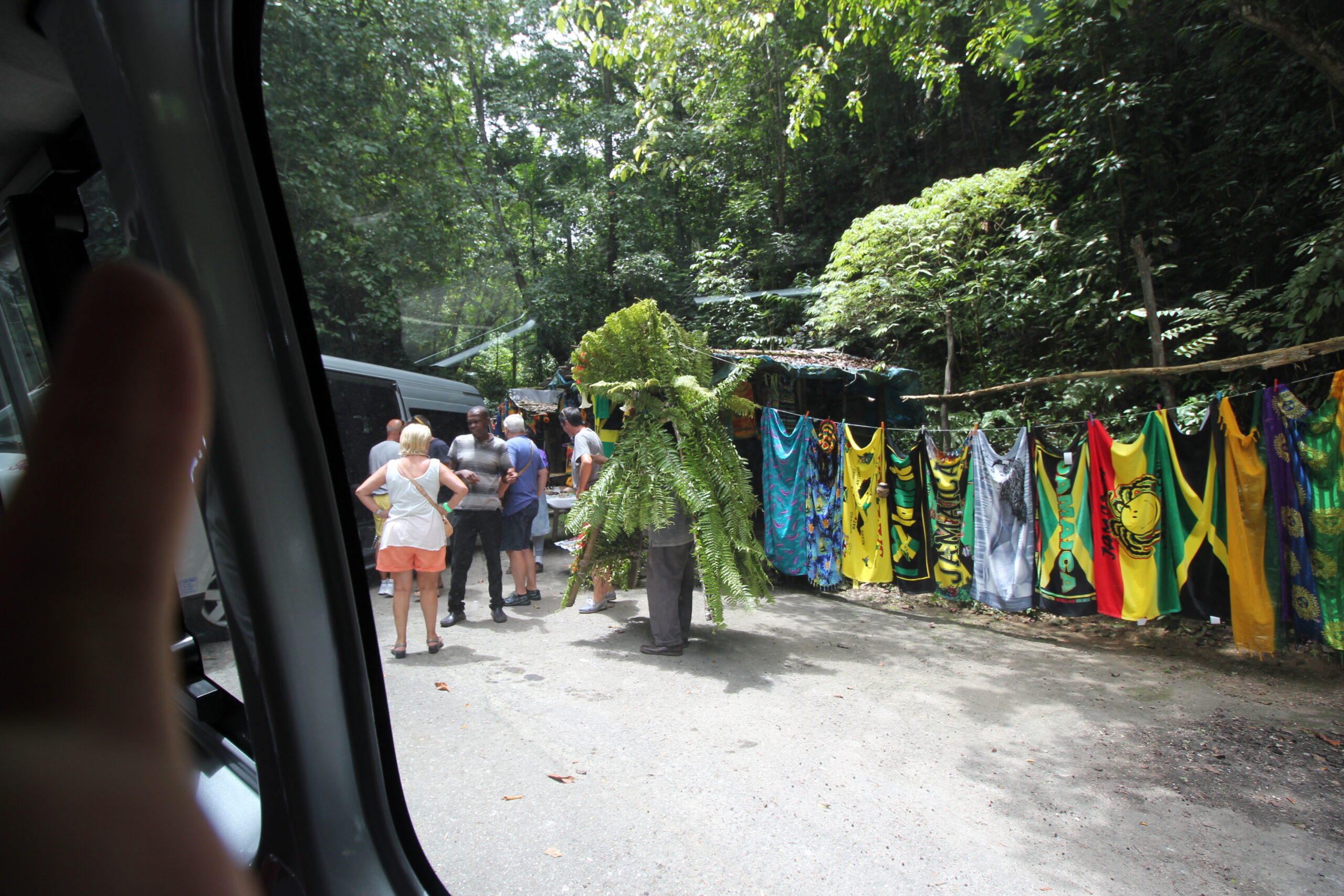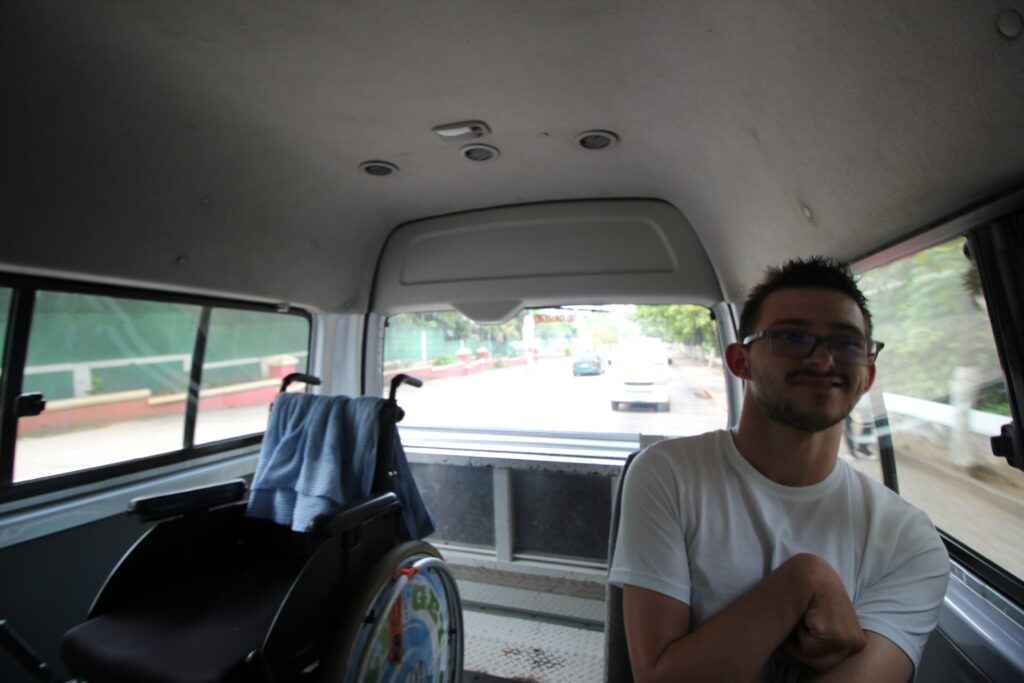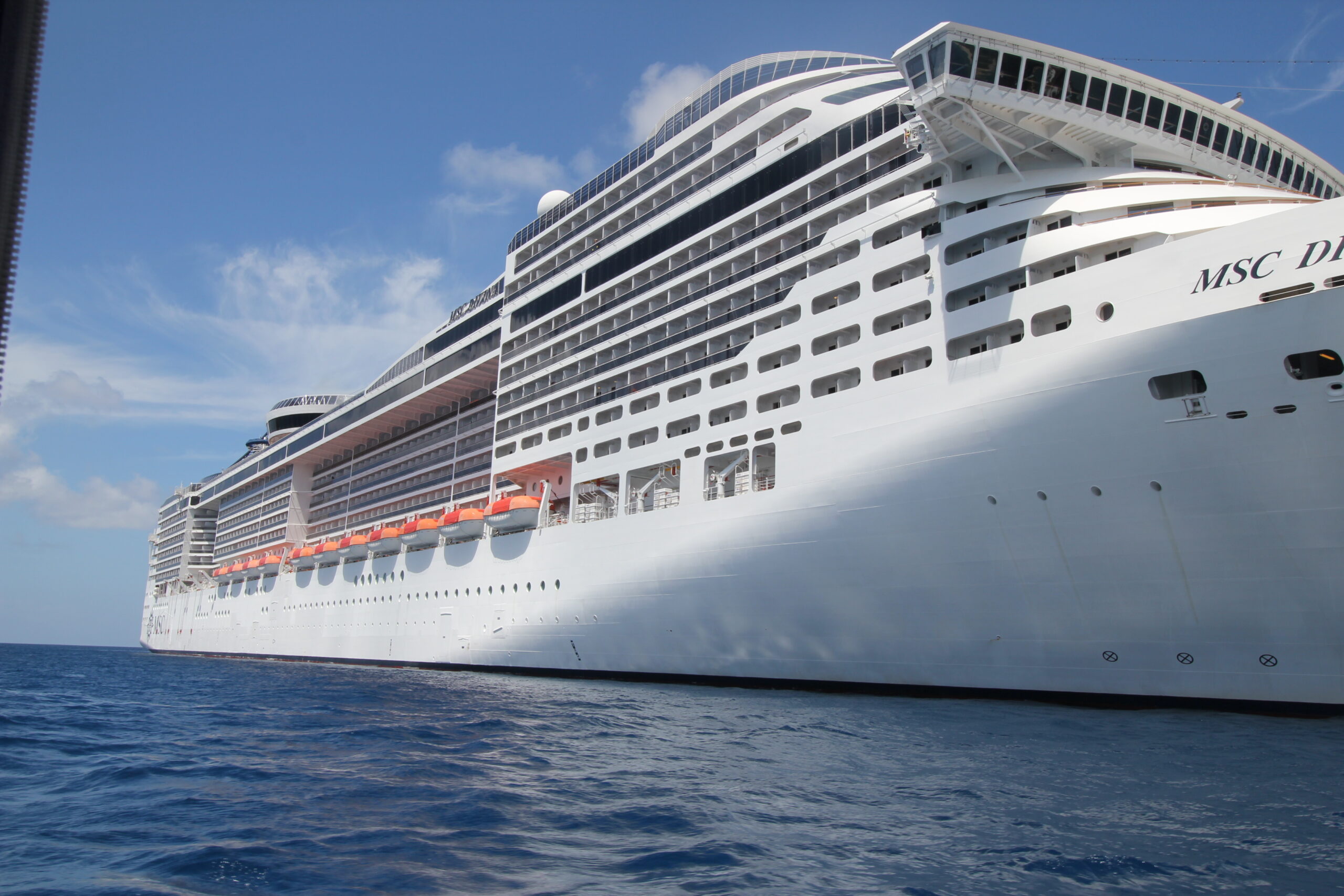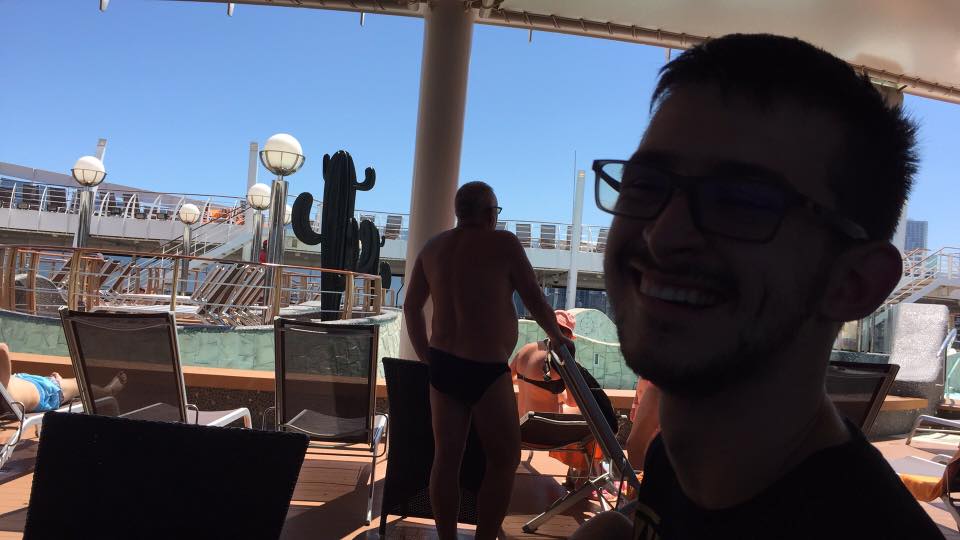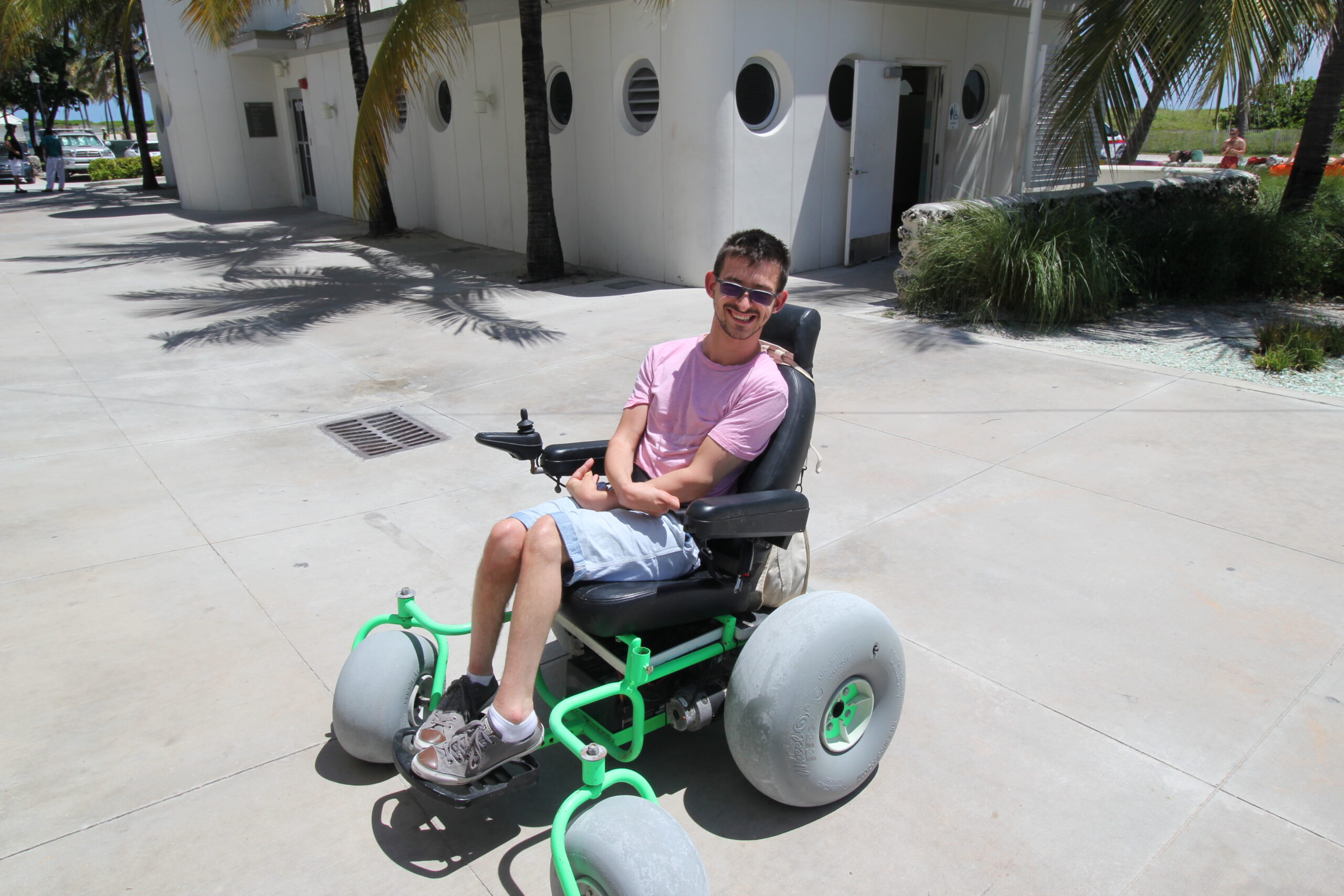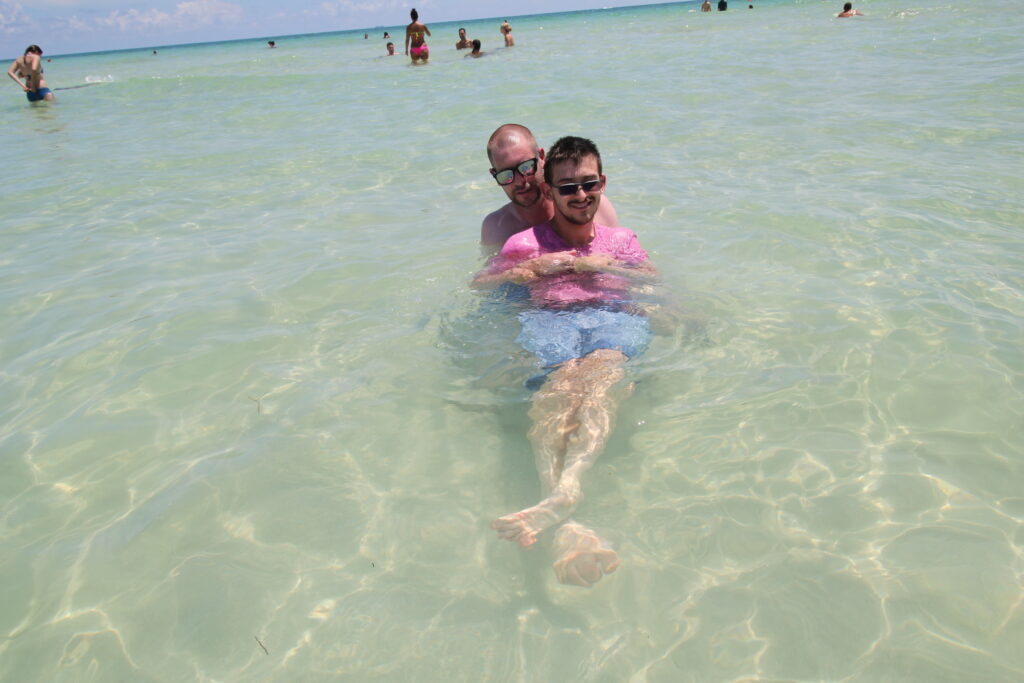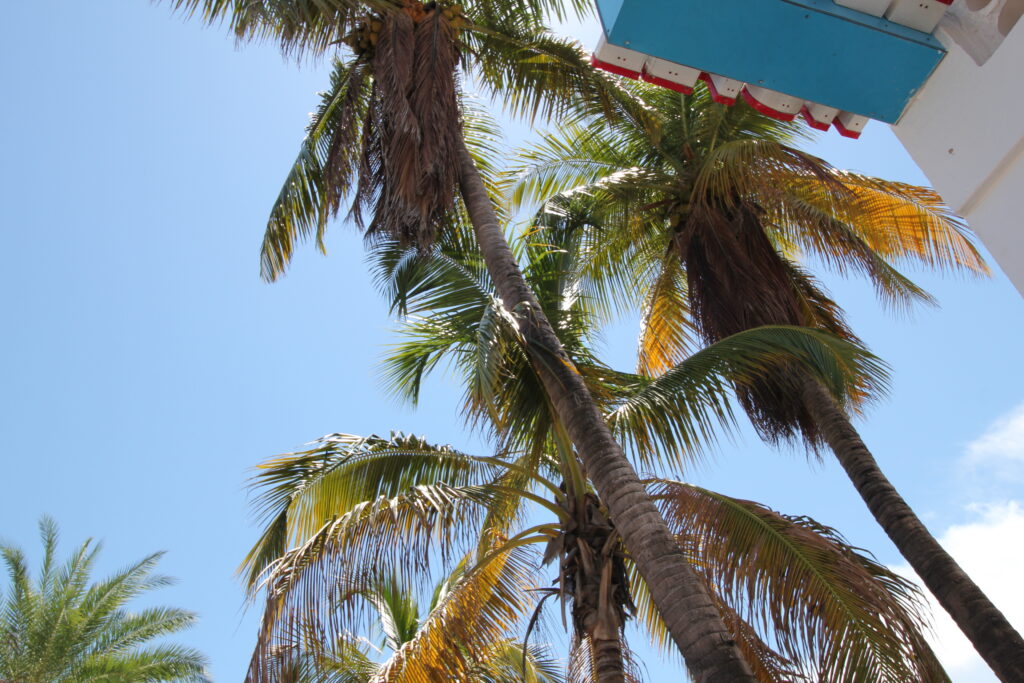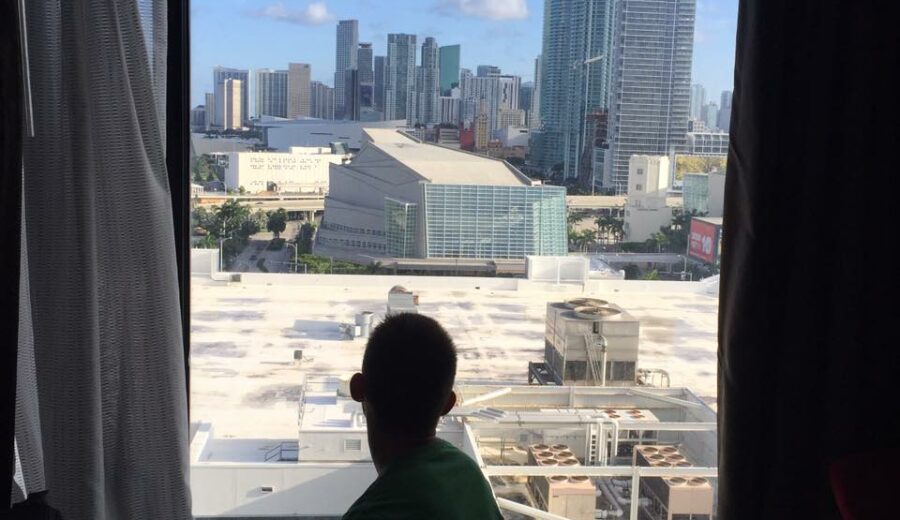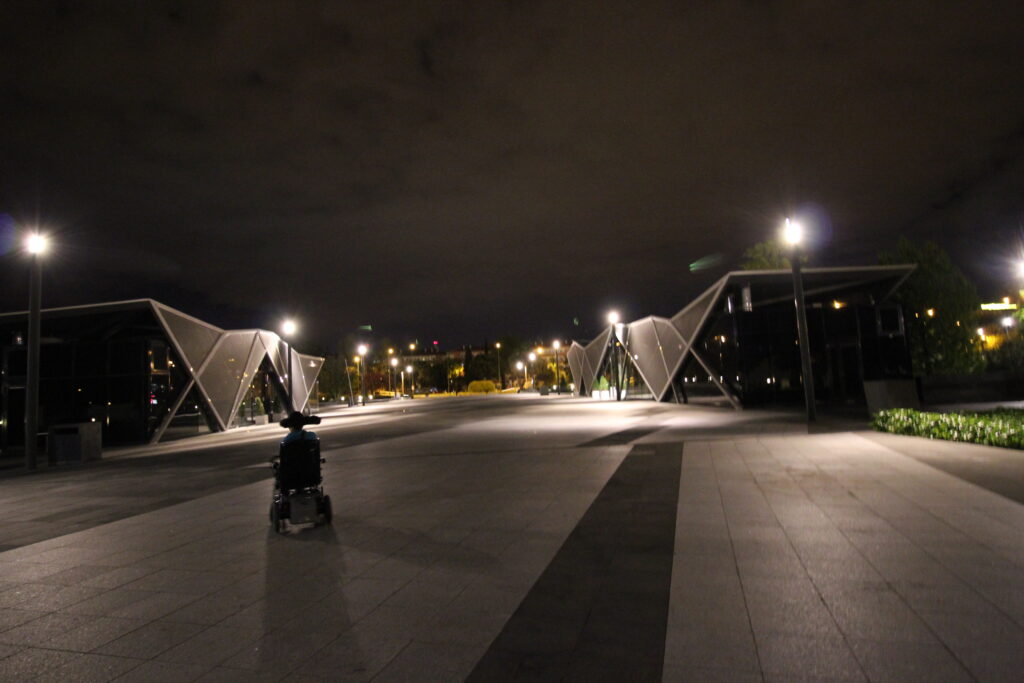Day 1 (Copenhagen) – Tivoli Hotel
The answer to ones previous post is the capital of Denmark, Copenhagen! After a 1 hour 45 minute flight from Bristol, we touched down at Copenhagen International Airport…
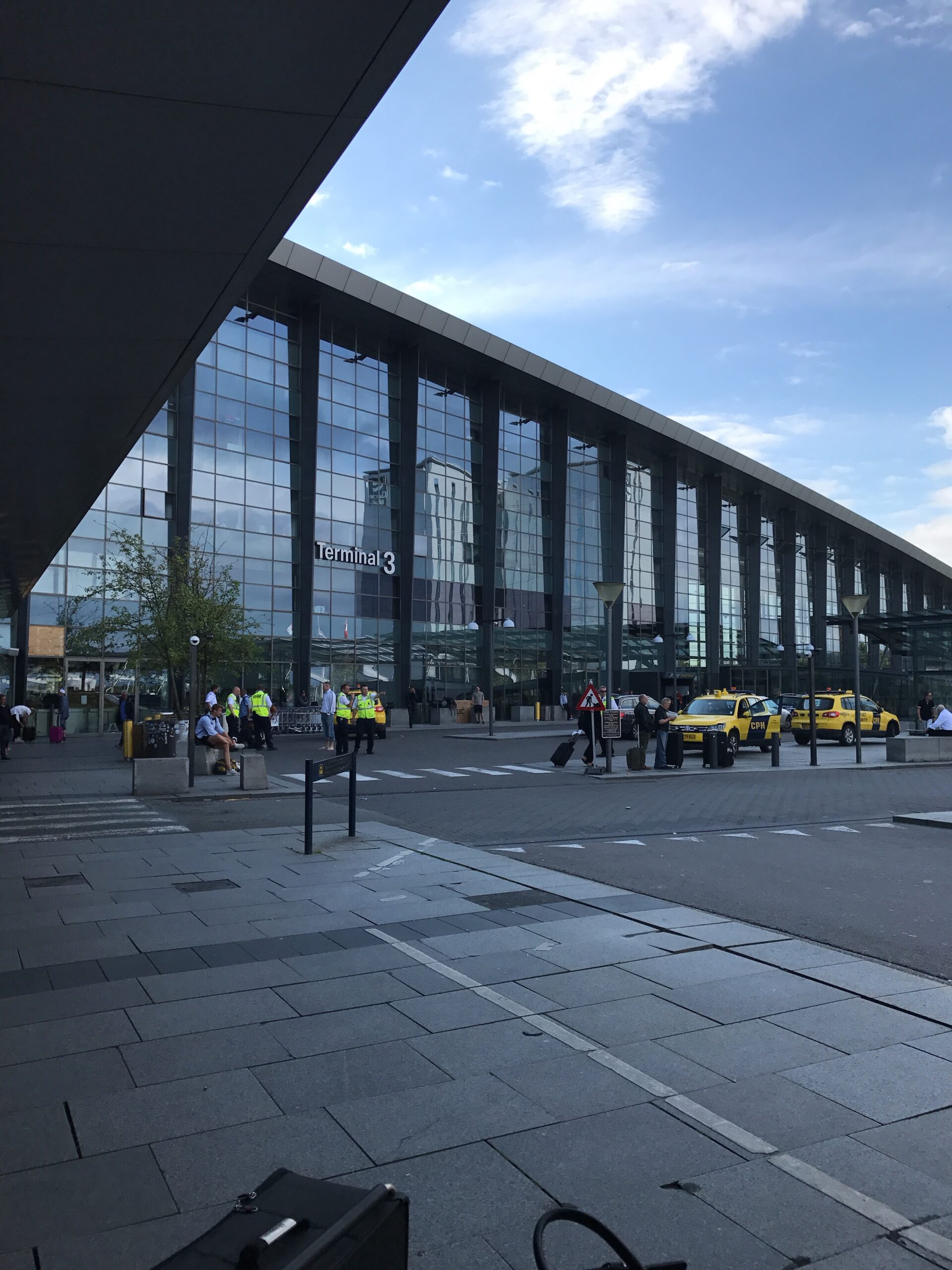
As Denmark are quite ‘with it’ when it comes to accessibility, one felt confident requesting a wheelchair accessible taxi from the assistance point within T3. Now, one would expect a standard taxi to show up with a ramp or a lift. In this case, it seems that the only wheelchair accessible taxi that was on offer was a Sprinter van, the ones that you would book if you wanted to travel in style!
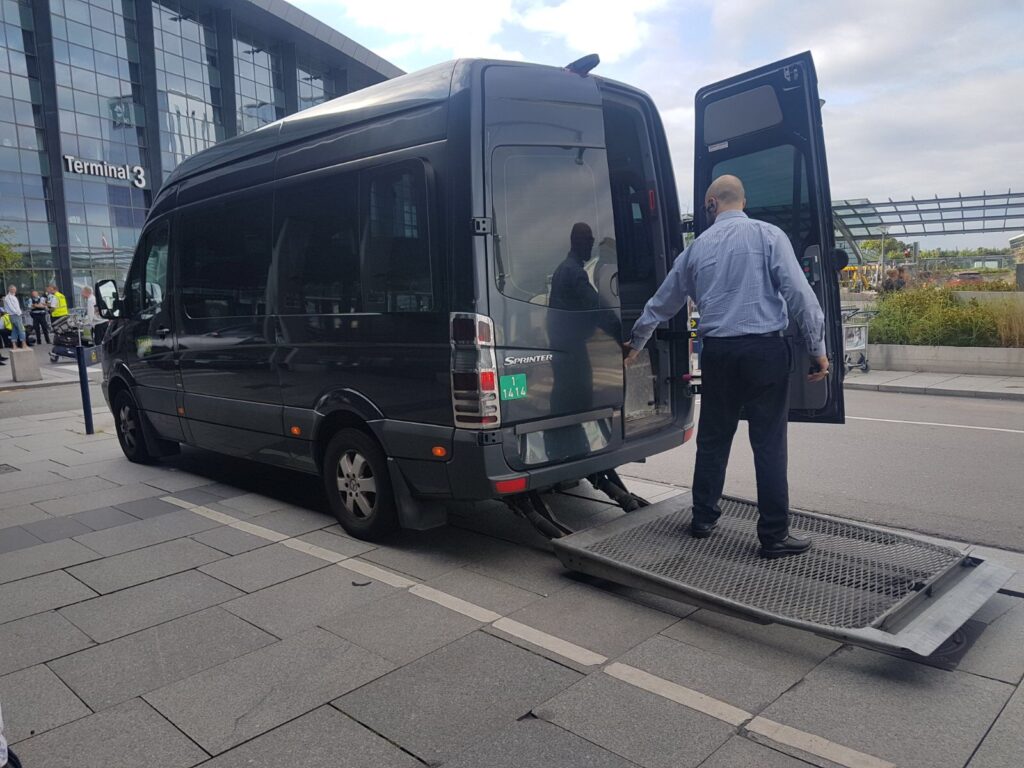
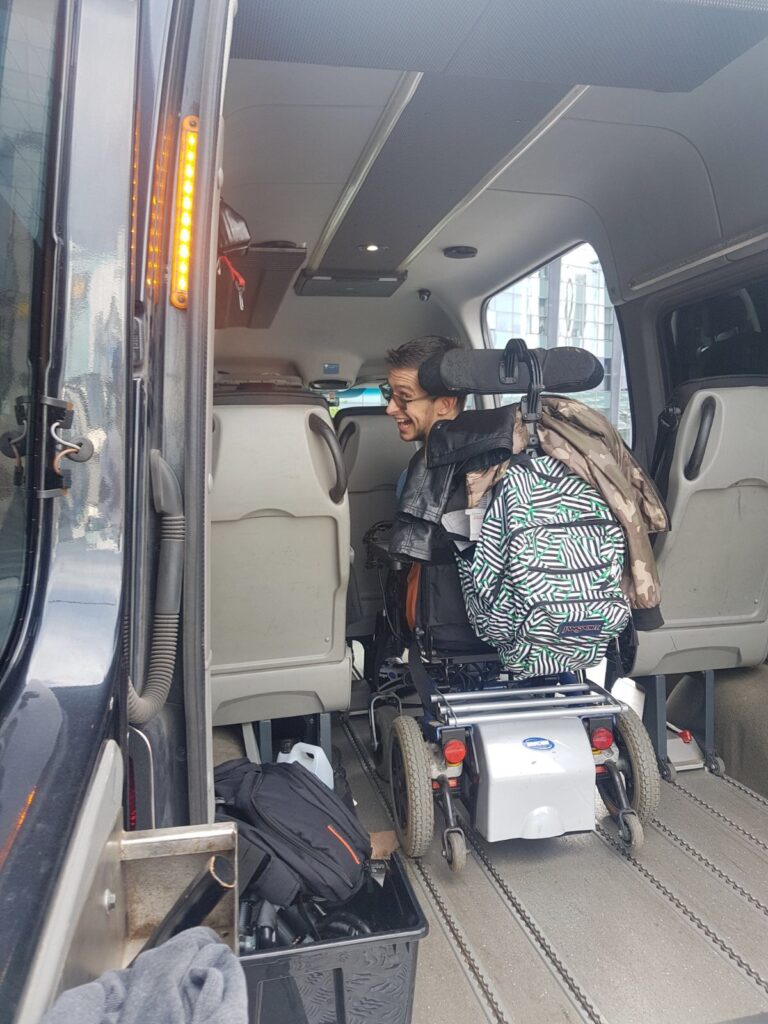
It wasn’t so stylish when one found out that it had cost around £58 for a ten minute journey! Definitely getting the train back to the airport!
For the next few days, one is staying at the Tivoli Hotel which is located around 20 minutes from sights including Tivoli Gardens and City Hall, For the hefty price tag, it seems that the hotel have put more effort into decorating the hotel rather than the actual rooms, however one has seen worse…
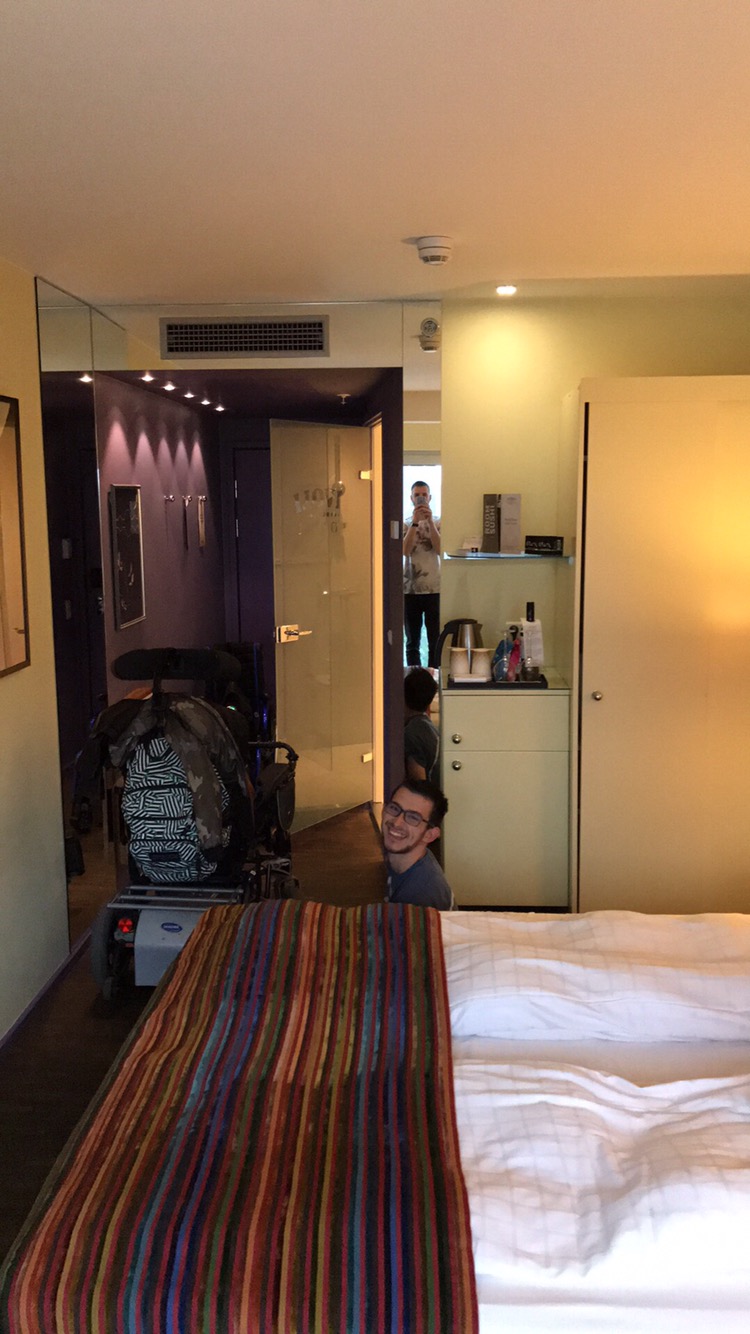
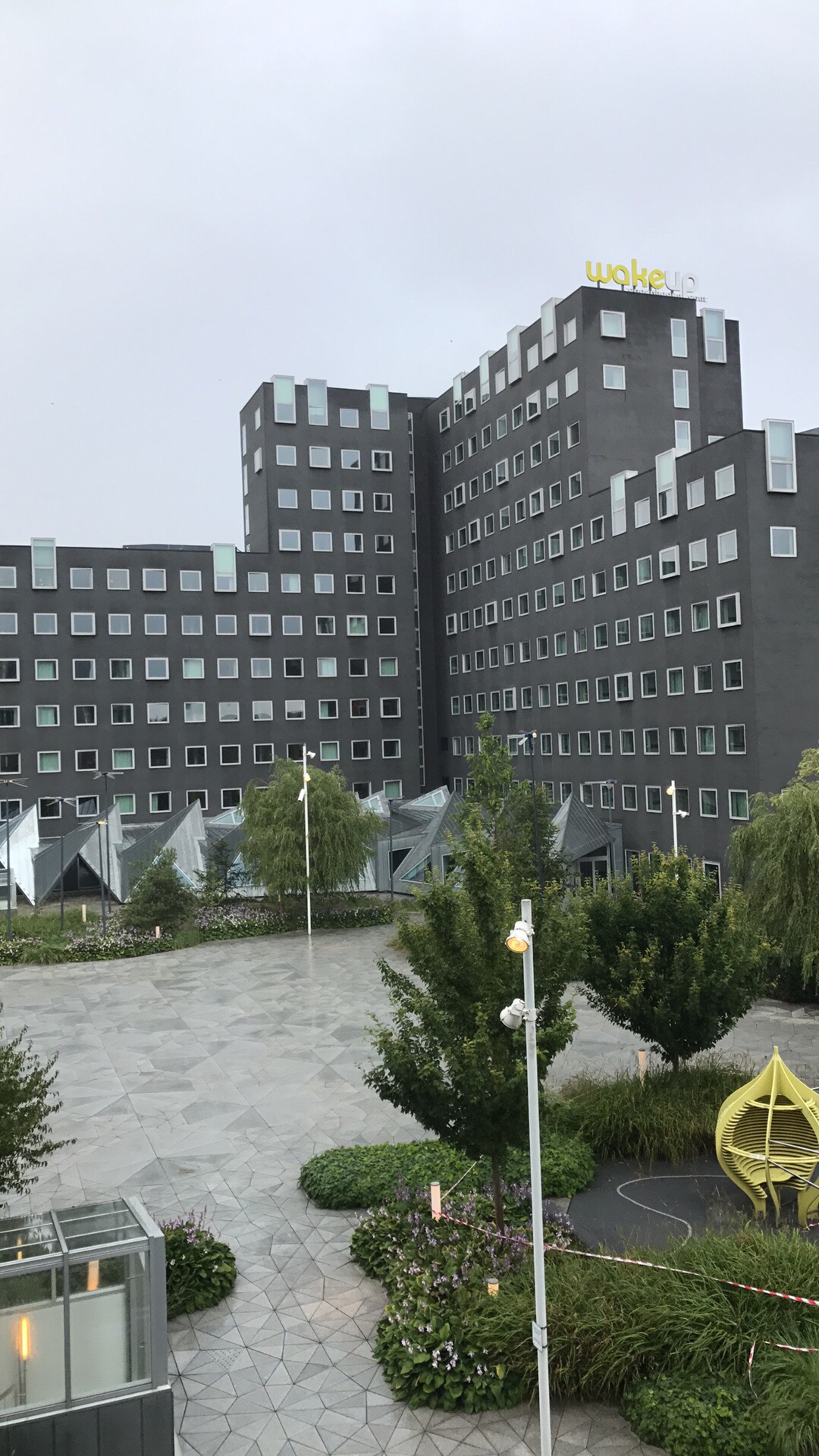
Tomorrow, we head to Tivoli Gardens plus the railway station to find out what we need to do in terms of assistance in preparation for the train across to Malmo in Sweden.

